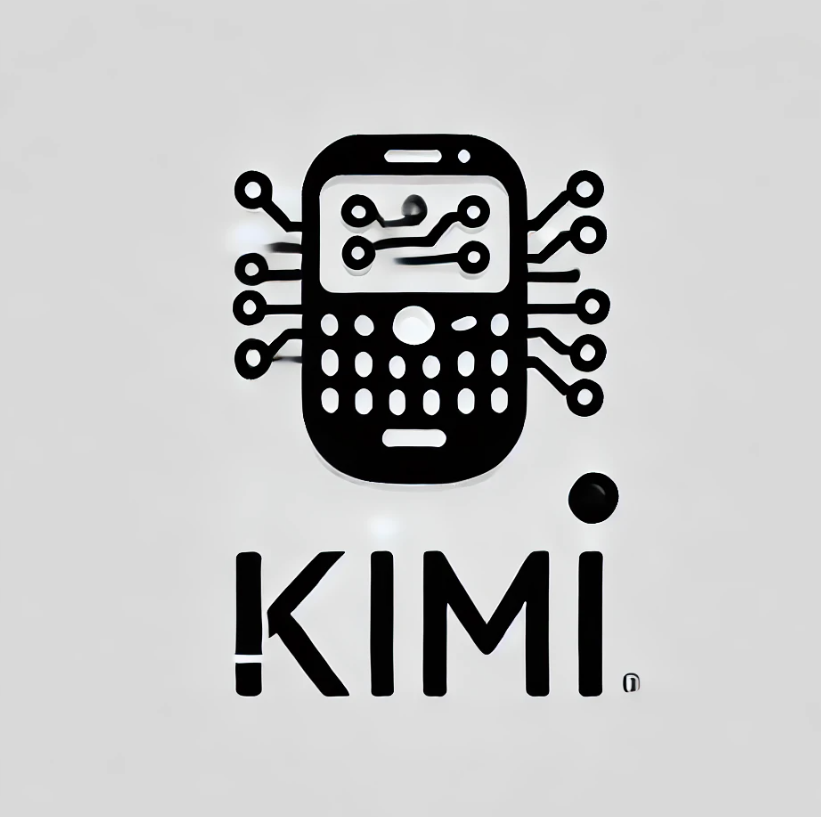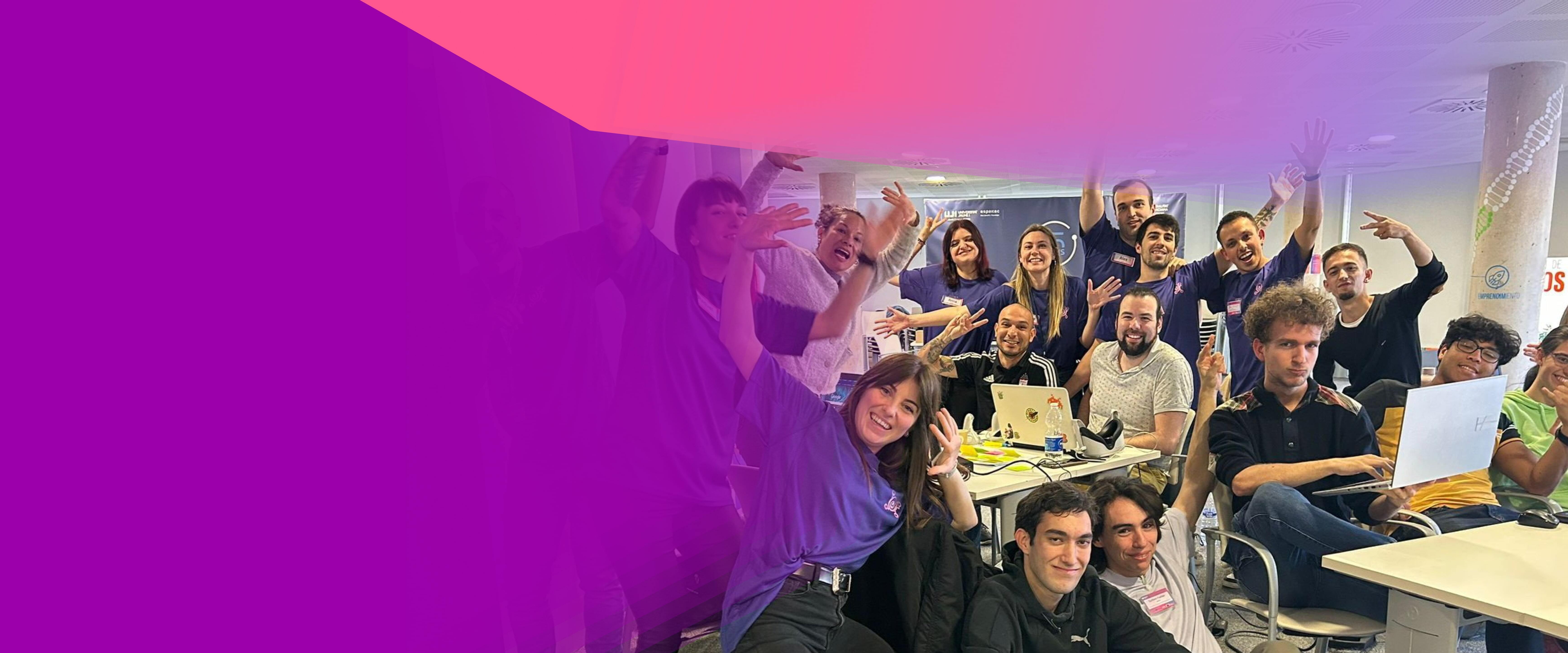LOCAL WINNER
Beginner Awards: Social impact
Kimi
Solution details
The proposed solution is a portable, offline AI device designed for teachers in remote, underserved areas without internet access or stable electricity. The device runs on a Raspberry Pi, using solar power, and is waterproof and durable. Its AI software provides adaptive educational content for multigrade classrooms, helping teachers manage diverse student needs. Main Elements and Technologies: AI-driven software for adaptive learning. Solar-powered for sustainability and continuous use. Waterproof and compact design for resilience and portability. Eco-friendly materials to minimize environmental impact. Implementation Plan: Development Phase: Build the AI model, design hardware, and test software and hardware integration. 1. Pilot Testing: Deploy in a few remote locations, gather user feedback, and refine. 2. Scaling: Expand distribution to more remote schools and add more localized educational content. 3. Measuring Success: Success will be measured by improvements in student engagement, teacher satisfaction, and learning outcomes, assessed through preand post-deployment surveys and performance evaluations. Digital Education Enhancement: The device supports digital education by providing access to adaptive, quality educational resources where traditional digital tools are unavailable, reducing educational inequalities.
Tweet / Slogan
Empowering teachers in remote areas with an offline, solar-powered AI device! No internet needed, eco-friendly, and designed to support multigrade classrooms in the most challenging environments. 🌍📚 #EdTech #Sustainability #RemoteLearning #AI4Good

Fabros Team

Resources
Access to quality education remains a significant challenge in remote and underserved regions, where limited infrastructure, resource scarcity, and multigrade classrooms hinder effective teaching and learning. To address these barriers, our project proposes an innovative, sustainable, and inclusive solution: a portable, offline AI device designed specifically for educators in such contexts.
This solution aligns with the DigiEduHack 2024 theme of inclusive digital education, delivering personalized, adaptive learning tools that operate without internet connectivity or stable electricity. By integrating solar power, durable and eco-friendly hardware, and AI-driven software, the device empowers teachers to manage diverse classrooms effectively, bridging educational gaps in areas where traditional methods fall short.
Our device is highly adaptable and transferable across disciplines, supporting applications beyond primary education, such as health training, adult literacy programs, and vocational education. Its design prioritizes sustainability through the use of solar energy, long-lasting materials, and localized maintenance networks, ensuring its relevance and usability for years to come.
Our strong, multidisciplinary team combines expertise in finance and technology, enabling us to address both the technical and operational challenges of this project. Alejandro García and David Saavedra bring financial planning skills to ensure scalability and sustainability, while Fabrizio Martínez and Said Valseca contribute technical expertise in AI development and hardware integration. Our effective collaboration and shared dedication drive this initiative forward.
By engaging with teachers during pilot testing, refining the design based on their feedback, and scaling distribution through partnerships with NGOs and governments, this project is designed to create lasting impact. The device not only addresses immediate educational needs but also fosters long-term sustainability, empowering communities with tools to thrive in diverse educational and vocational contexts.
With its focus on innovation, adaptability, and sustainability, this solution has the potential to revolutionize education in underserved areas, ensuring no learner is left behind.
Context
The project addresses the challenge of providing quality education in remote and underserved areas, aligning with the DigiEduHack 2024 theme of inclusive digital education. By developing a self-sustained, offline AI-powered tool, it tackles the critical barriers of connectivity, resource scarcity, and multigrade teaching limitations, directly reducing educational disparities in isolated communities. This initiative emphasizes the need for equitable access to educational resources, empowering teachers and students in regions traditionally excluded from digital advancements.
Who Benefits?
The target group is teachers working in remote, low-resource areas where access to educational tools, connectivity, and infrastructure is severely limited. These educators often manage multigrade classrooms, where students of different ages and skill levels learn together in the same environment. Such conditions demand a flexible approach to teaching that adapts to the varying needs of each student. The proposed AI tool offers adaptive learning capabilities, enabling these teachers to personalize instruction effectively for students of diverse abilities. By doing so, it addresses the challenge of providing tailored education without requiring internet access or advanced technological setups, which are typically unavailable in such areas.
Relevance:
Teachers in remote areas face significant barriers to delivering quality education:
- Resource Scarcity: Limited or no access to teaching aids, textbooks, or technology.
- Connectivity Challenges: Absence of reliable internet access to leverage digital resources.
- Diverse Learning Needs: Managing classrooms with students of varying ages and competencies without adequate support tools.
The AI-powered device is a practical and immediate solution to these issues. It does not require additional infrastructure, such as internet or electricity, as it is solar-powered and operates offline. This self-contained design allows teachers to improve educational quality through individualized instruction, directly addressing the pressing need for equitable learning opportunities in underserved regions.
Engagement Plan:
To ensure the solution meets the unique needs of this target group, a structured engagement plan is critical:
- Pilot Testing:
- The device will be deployed in a few selected remote locations, focusing on regions with the most pressing challenges in education delivery.
- Teachers and students will use the device over a specific period to evaluate its usability, effectiveness, and impact on learning outcomes.
- Feedback Collection:
- Comprehensive feedback will be gathered from the teachers to identify strengths, weaknesses, and areas for improvement.
- Observations on how the device integrates into daily classroom activities will provide valuable insights into its practicality and adaptability.
- Iterative Refinement:
- Based on the feedback, adjustments will be made to the software (e.g., improving content localization and adaptive features) and hardware (e.g., optimizing durability or usability).
- New features or enhancements will be implemented to better address the educational challenges faced by this group.
This iterative, teacher-centered approach ensures that the final product is not only functional but also highly relevant and effective in solving the unique challenges of remote, low-resource classrooms.
Impact
The solution drives educational transformation by offering an accessible, adaptive learning tool that overcomes the limitations of traditional methods in remote and underserved areas.
- Social Impact:
- Empowers teachers with a reliable, easy-to-use device that enhances their ability to deliver quality education, even in multigrade classrooms.
- Supports diverse student needs by providing personalized learning paths, fostering better engagement and improved outcomes.
- Bridges educational gaps, enabling equitable access to modern teaching tools for isolated communities.
- Environmental Impact:
- The device uses solar power, ensuring sustainability and reducing dependence on traditional electricity sources.
- Incorporates eco-friendly materials, such as recycled and biodegradable components, promoting environmentally responsible practices.
- Offers a low-energy alternative to conventional high-power educational technology, contributing to a greener future.
Team work
Our team combines essential skills for this project: Alejandro García and David Saavedra (Finance): Experts in budgeting and financial planning, ensuring sustainability and scalability. Fabrizio Martínez and Said Valseca (Computer Science): Skilled in AI development, hardware integration, and software optimization, critical for building and deploying the device. We’re a strong, cohesive team with complementary expertise, and I would gla
Innovativeness
Our solution is distinguished by its unique combination of offline AI technology, solar power, and eco-friendly design, specifically tailored for remote educational contexts. This innovation addresses critical gaps in existing EdTech solutions, offering a transformative approach to education in underserved areas.
Key Differentiators:
- Offline AI Technology:
- Unlike most EdTech tools that depend on internet connectivity, our device runs entirely offline.
- The AI software provides adaptive learning, enabling personalized instruction for diverse student needs in multigrade classrooms.
- Solar Power:
- The device operates independently of traditional electricity sources, powered by sustainable solar energy.
- This ensures uninterrupted usage in areas with unstable or no power infrastructure.
- Durable and Eco-Friendly Design:
- Built to withstand harsh environmental conditions with waterproof, rugged hardware.
- Manufactured using eco-conscious materials, reducing environmental impact and promoting sustainability.
- Tailored for Multigrade Classrooms:
- Specifically designed to meet the unique challenges of classrooms with students of varying ages and learning levels.
- Provides teachers with a practical, easy-to-use tool to manage diverse instructional needs effectively.
Why It’s Unique:
Most existing EdTech solutions focus on urban or well-connected areas, assuming access to reliable power and internet. These tools fail to address the realities of remote, infrastructure-poor settings. Our solution bridges this gap by offering a self-sustained, adaptive educational device that empowers teachers and enhances student learning, irrespective of location.
By addressing the specific needs of remote multigrade classrooms, the device represents a novel, impactful approach to reducing educational inequalities and fostering inclusive learning opportunities.
Transferability
The device’s design and functionality make it highly adaptable across disciplines and contexts, expanding its potential impact far beyond traditional classroom education. Its core features—offline AI technology, portability, solar power, and customizable content—provide a flexible framework that can be tailored to diverse learning needs in underserved or remote areas.
Potential Applications in Other Contexts:
- Health Education:
- Target Group: Isolated communities with limited access to healthcare resources.
- Use Case: Deliver training on hygiene, sanitation, disease prevention, and first aid. The AI could adapt content to different literacy levels and provide interactive scenarios for practical learning.
- Vocational Training:
- Target Group: Individuals in rural or remote areas seeking job skills.
- Use Case: Provide hands-on, step-by-step training in trades such as carpentry, sewing, farming techniques, or small business management, tailored to local economic needs.
- Adult Literacy Programs:
- Target Group: Adults in underserved regions with low literacy rates.
- Use Case: Facilitate adult education programs with adaptive content focused on reading, writing, and numeracy skills, progressing at the learner's pace.
- Disaster Preparedness and Recovery:
- Target Group: Communities in disaster-prone areas.
- Use Case: Deliver offline educational modules on emergency response, survival strategies, and rebuilding efforts, ensuring access to critical information even in power or connectivity outages.
- Cultural Preservation and Indigenous Education:
- Target Group: Indigenous populations and communities seeking to preserve their heritage.
- Use Case: Include localized content in native languages, teaching traditional practices, history, and cultural knowledge to younger generations.
Key Features Supporting Transferability:
- Customizable Content: The device’s software can be updated with specific modules for various disciplines or programs.
- Offline Functionality: Its independence from internet and power infrastructure allows deployment in any environment.
- Scalability: Portable and cost-effective, it can be scaled to meet the needs of diverse populations and contexts.
By addressing global challenges across different sectors, this device offers a versatile, sustainable solution that transcends its original educational purpose, empowering communities and fostering development in multiple domains.
Sustainability
Prototype Development and Refinement:
- After the initial prototype is developed, pilot testing will gather feedback from teachers and students in remote locations.
- Insights from this testing phase will guide design refinements, ensuring the device aligns with the specific challenges and requirements of educators in low-resource settings.
Mid-Term Scaling:
- Partner with NGOs, educational organizations, and local governments to facilitate large-scale production and global distribution.
- Collaborate with regional entities to localize content for diverse curricula and languages, enhancing relevance and usability.
- Implement cost-effective manufacturing strategies to ensure affordability while maintaining quality.
Long-Term Sustainability:
- Maintenance and Longevity:
- Establish a network of trained local technicians in underserved communities to handle basic repairs and troubleshooting.
- Provide training manuals and offline guides with the device to empower users in maintaining its functionality.
- Durability and Solar Charging:
- The device’s rugged design ensures resistance to harsh environmental conditions, extending its lifespan.
- Solar-powered charging eliminates dependence on external electricity, making the device self-sufficient in remote regions with unreliable power infrastructure.
- Eco-Friendly Design:
- Use recycled and biodegradable materials to minimize environmental impact during production and disposal.
- Promote responsible recycling programs in collaboration with local organizations to handle end-of-life devices sustainably.
- Global Distribution and Localization:
- Work with partners to adapt the device for use in various sectors, such as health education and vocational training, broadening its impact and value.
- Expand partnerships with international donors and educational initiatives to subsidize costs for the most underserved areas.
By addressing short-term functionality, mid-term scalability, and long-term durability, the solution ensures its sustainability both as a product and as a catalyst for equitable education and development in remote and underserved regions.

